8 hours ago
Tom Edwards,Environment correspondent, London, @BBCTomEdwards

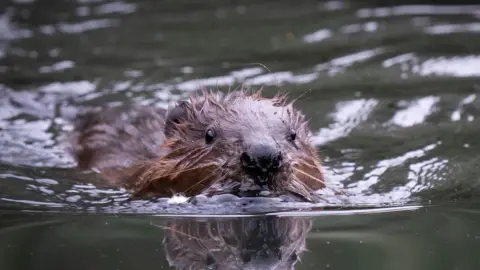 PA
PA
One of the beavers to have made their home in Ealing
The UK's first urban beavers were introduced into a west London nature reserve back in October. The family of five are part of a project that aims to get the public to engage with nature, to study biodiversity improvements and to monitor flood mitigation effects. Seven months on, how is it faring?
It is perfect weather for beavers. The rain is incessant as we trudge past the trees and through the long grass and into their habitat. But the rain cannot stop the wonder and enthusiasm for what is happening here.
This is Paradise Fields in Greenford in Ealing. It is a nature reserve next to a retail estate but it’s where seven months ago beavers were introduced. This is now very much their home and they are transforming the habitat.
They are so happy that the volunteers here think the beavers may be breeding, and offspring - or kits as they are known - might be on the way.

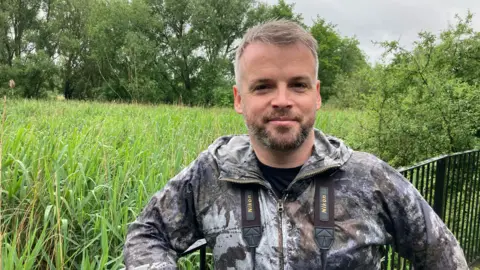
Dr Sean McCormack is project lead on the Ealing Beaver Project
We are with Dr Sean McCormack who has been one of the driving forces behind the scheme.
He takes us to one of the beavers' five dams here, where they have cut back trees and twigs and dredged the mud to create large pools.
"This is the first dam they created in the system, the first one of five," Dr McCormack says. "The reason they have created it here is to create some deep water before they have to cross the Capital Ring footpath which runs through the site.
"To a beaver they don't know if there's a bear, a wolf, a lynx around every corner. It's their instinct to create deep water so they feel safe. They're basically checking that the coast is clear upstream here."
The dams also filter the water. The deep pools mean the beavers can dive down and avoid predators. They can stay under the water for 15 minutes.
This family of five beavers soon got to work here after their introduction seven months ago. You can hear the road and see high-rise flats from their new home, which is right on the Capital Ring footpath, but none of this seems to have bothered the beavers. They have created canals so they can easily transport logs on the water. It’s no surprise they are called nature’s engineers; the whole area is changing.


The beavers have left their mark on the area
Dr McCormack says more good news could be on the way: "All the evidence says that they're doing just great and have settled in well. We have seen all five of them in the early mornings and late evening.
"And we even have an inkling that there might be some babies in the lodge. That's the ultimate test of them being happy here; we anticipate they might appear at the end of the summer."

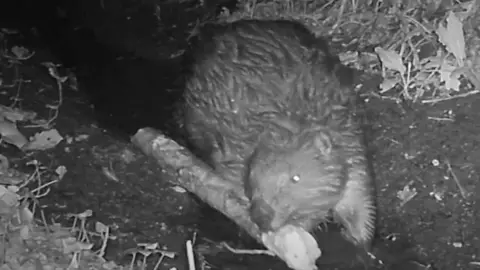 Ealing Beaver Project
Ealing Beaver Project
Volunteers have used motion cameras to capture the beavers working
Beavers mainly only come out of their lodge at dawn and dusk and that means they can be hard to spot.
However, the volunteers have used motion cameras to capture the beavers working.

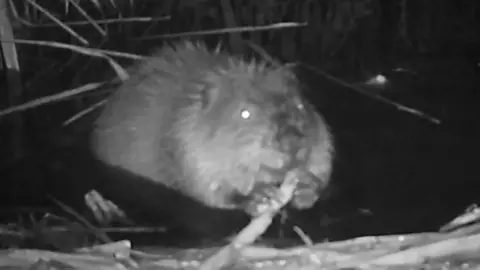 Ealing Beaver Project
Ealing Beaver Project
All that engineering is hungry work

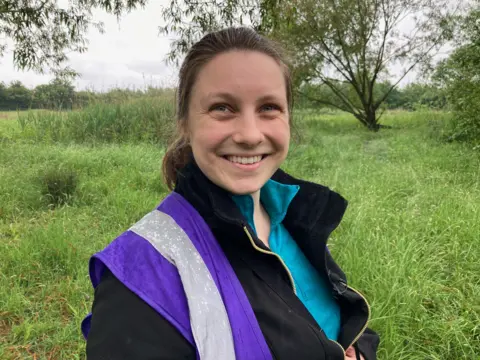
Ecologist Nadya Mirochnitchenko says the beavers are beneficial to other animals
Nadya Mirochnitchenko, the ecologist for Ealing Beaver Project, says the beavers help to keep more water on the site: "They are creating more of a wetland area as compared to a more drier area. And that has a lot of benefits for different biodiversity including pond life, birds, insects, bats, newts and frogs. So there is a lot of biodiversity benefits that the beavers can bring."
Dr McCormack says the beavers also keep trees in check: "We actually have a problem of too many trees. This area is completely in shade in the summer.
"If you think about freshwater ecosystems, they need light to fulfill algal growth and all the other species that grow in there. If they are completely shaded there's not much light, so we are quite happy to see them tackling some big trees."

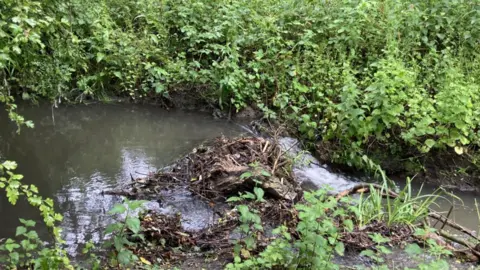
The beavers have created five dams
I was there when the beavers were released in October and the emotion of that moment was stark.
There were lots of tears as the beavers leapt from their cages, slapped their tails on the water and dived into the swamp. It was a privilege to be there to witness their release.

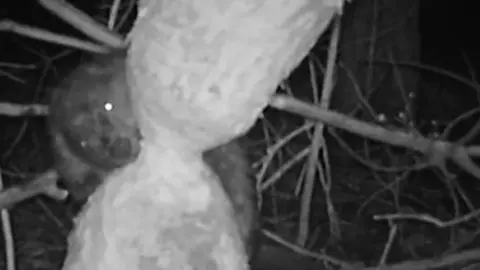 Ealing Beaver Project
Ealing Beaver Project
An Ealing beaver gnawing a tree
Europe has been introducing beavers for decades, and the Ealing project hopes other UK cities and towns will follow suit.
The mayor of London initially gave £37,000 but that has been spent and the project is looking for more funding to increase the educational element of the scheme.
The beavers are very popular locally, with many people volunteering to keep an eye on the site. There are also beaver walks which quickly sell out.

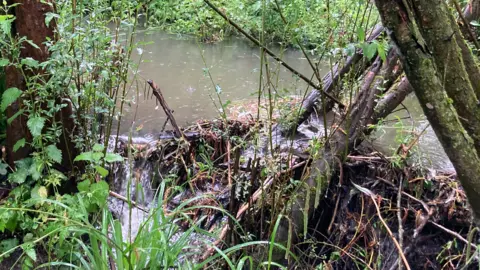
Another of the beavers' dams
Beavers are a keystone species on which many other species rely. The aquatic ecosystems they create are home to various other creatures, many of them under threat.
Biodiversity is improving quickly. Volunteers who monitor the site have seen kingfishers for the first time.

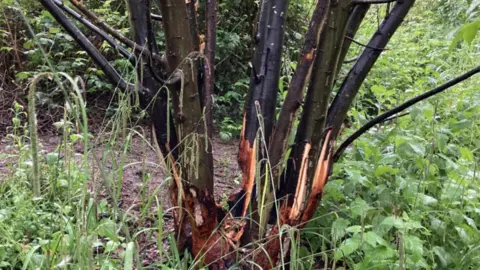
The beavers have cut back trees to build their dams
Crucially, in Greenford they think the work of the beavers is tackling flooding. Dr McCormack says flood mitigation work had been due to be carried out here but the project persuaded the council to let the beavers do their thing instead.
"Anecdotally, we have seen a difference," he says. "They have created five dams and those dams are holding back water. And when we have had a horrifically wet winter like we have just had, we can see the amount of water that is spread out across the land. They are weakening the flow, they're holding more water on the site and they're releasing it slowly into urban Greenford."

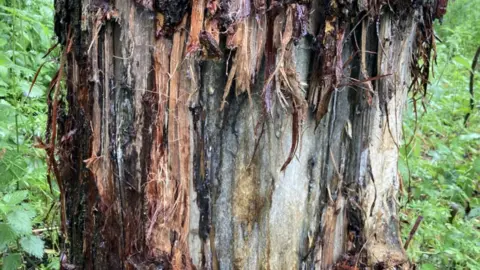
A tree that shows the signs of beaver gnawing
The Ealing beavers are creating a new habitat.
It is a natural wonder as well as a practical intervention to address flooding. A bright beacon of nature in the city.

 1 month ago
8
1 month ago
8


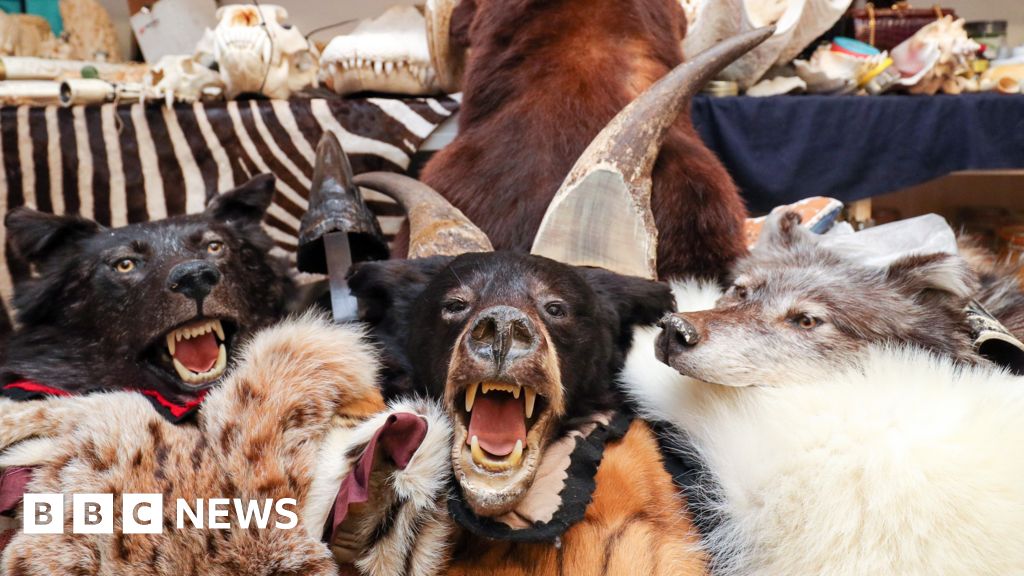




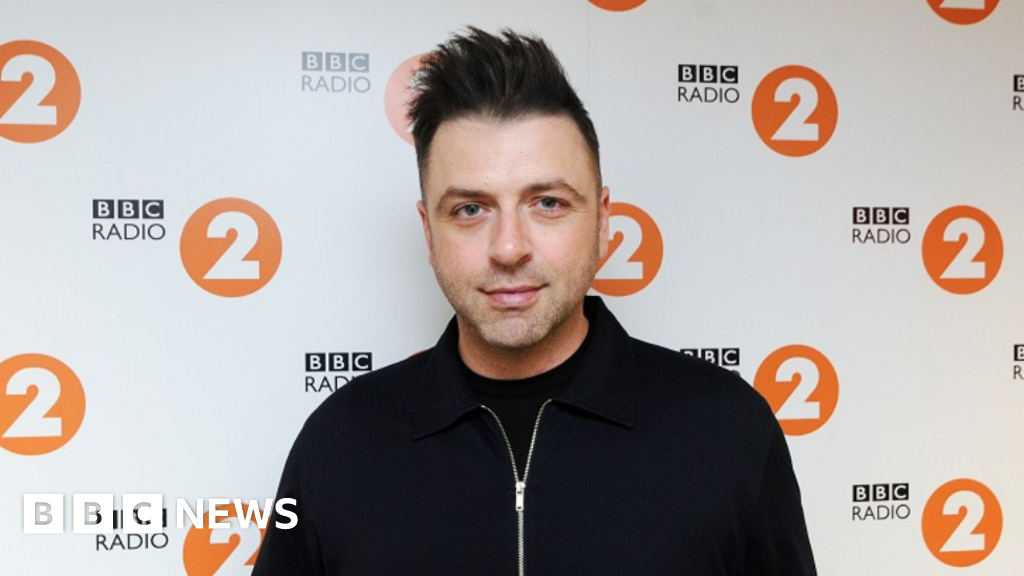
 English (US) ·
English (US) ·